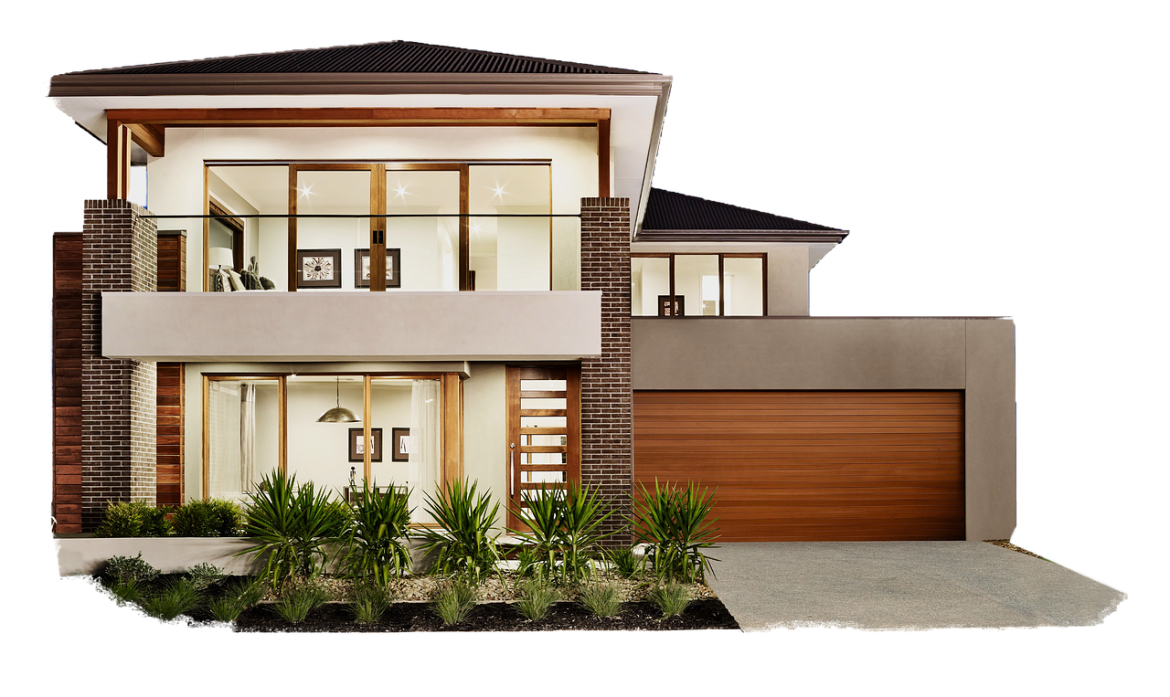Key Takeaways:
- Discover how thoughtful landscaping and exterior design can elevate your home’s curb appeal.
- Learn practical and innovative ideas to enrich your outdoor space.
- Understand the benefits of integrating nature with architectural elements for a holistic home environment.

The Impact of Curb Appeal
Your home’s curb appeal can change how people view it from the street because it is the first thing they see about it. It’s an essential factor contributing to your property’s overall appearance. For homeowners and prospective sellers, understanding the importance of curb appeal can make a significant difference in the market. Well-maintained landscapes and appealing exteriors aren’t just about aesthetics—they have a tangible impact on the real estate value.
By enhancing the external features of your home, you also improve its desirability and market competitiveness. Engaging experts like Washington DC real estate agent Russell Firestone may offer hands-on insight into how curb appeal can directly influence buying decisions if you’re in the property market. Houses possessing lush gardens, well-coordinated color schemes, and inviting entryways attract more interest and sell faster. Beyond sales, however, investing in curb appeal also uplifts the homeowner’s satisfaction, creating a warm, welcoming atmosphere that residents and visitors are bound to enjoy.
Planning Your Landscape Design
Embarking on the journey of landscape enhancement starts with a well-thought-out plan. It’s crucial to begin by thoroughly assessing your existing landscape. Identify what works, what doesn’t, and what elements you hope to introduce. This initial assessment is critical in forming a cohesive and harmonious design plan. The magic lies in the details: understanding the spatial dynamics of your garden, recognizing sunlight patterns that affect plant growth, and integrating existing architectural elements.
Engage with online resources or landscape design applications to accentuate these foundations. This technology blueprints ambitious projects, helping you visualize potential outcomes before work begins. Whether you take the DIY path or consult a professional landscape architect, having a clear, well-defined plan is essential. Networking with local plant nurseries or visiting botanical gardens further helps inspire the plant choices and layouts that best suit your home.
Choosing the Right Plants and Materials
Plants and materials form the backbone of your landscape. Choosing the right ones can dramatically alter your garden’s success and lifespan. Native plants, in particular, are champions for any home gardener. They adapt well to the local climate and soil conditions, often requiring less water and care than imported species. This saves time and effort and contributes positively to the environment by supporting local ecosystems.
Beyond flora, consider the hardscape elements, including paths, patios, and driveways. Materials should complement your home’s architectural character and provide longevity. Durable materials ensure that features like walkways or retaining walls remain functional and appealing for many years. Thoughtfully chosen materials help bind the elements of your landscape together into a unified design statement that enhances the overall aesthetic of your property.
Enhancing with Outdoor Features
Outdoor features breathe life into landscapes, transforming them into multifunctional spaces perfect for leisure and entertainment. Water features, strategically placed lighting, and firepits enhance tranquility, elegance, and safety in gardens while providing warmth for gatherings during cooler seasons.
When deciding on additional outdoor features, consider comfort and aesthetics. Arrange outdoor furniture to accommodate relaxation and social activities. Weather-resistant materials and shelters can protect these investments from the elements, ensuring they remain attractive and functional. When considering structures or installations, consider their placement to offer the most significant visual impact while providing convenient access and use.
